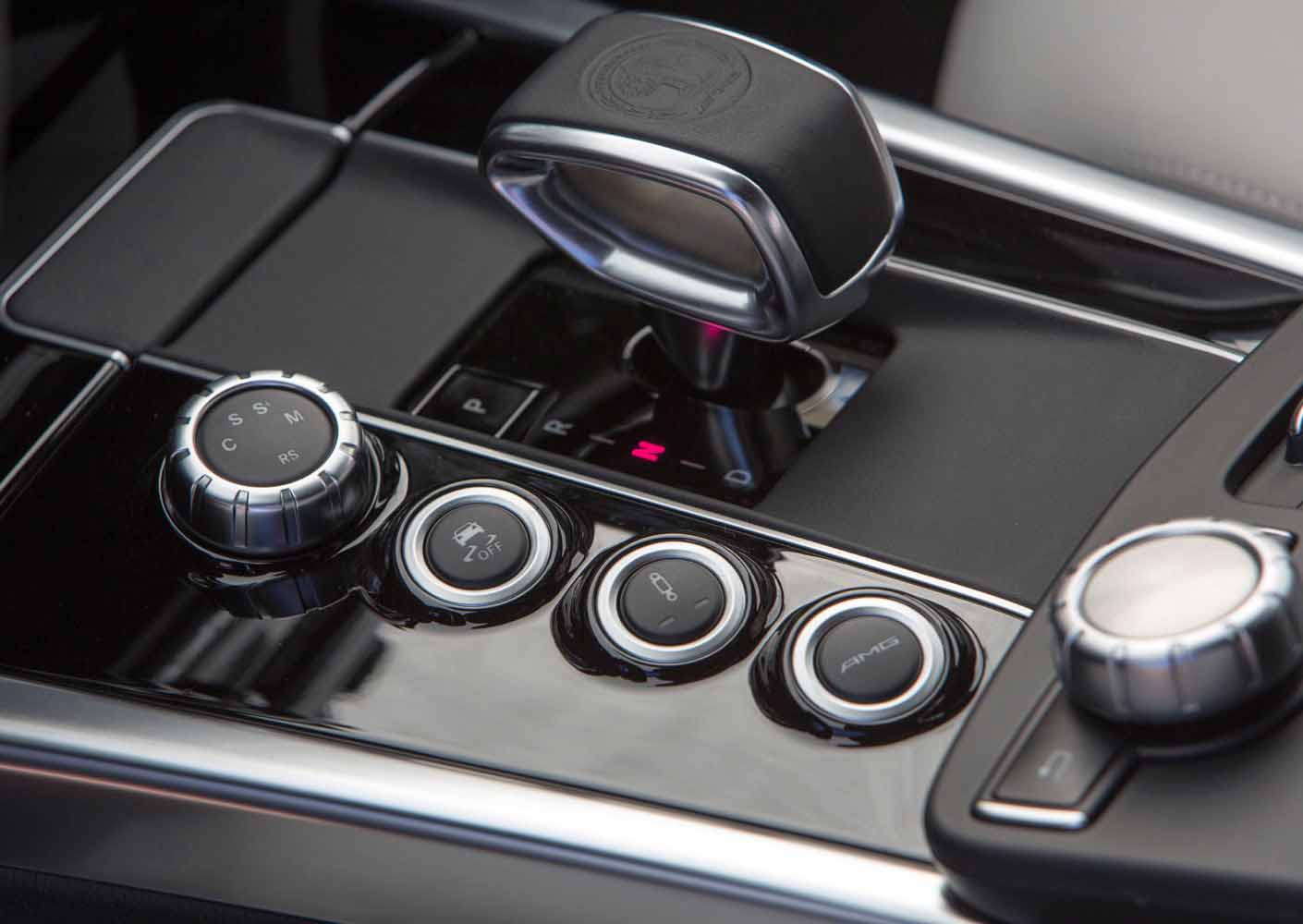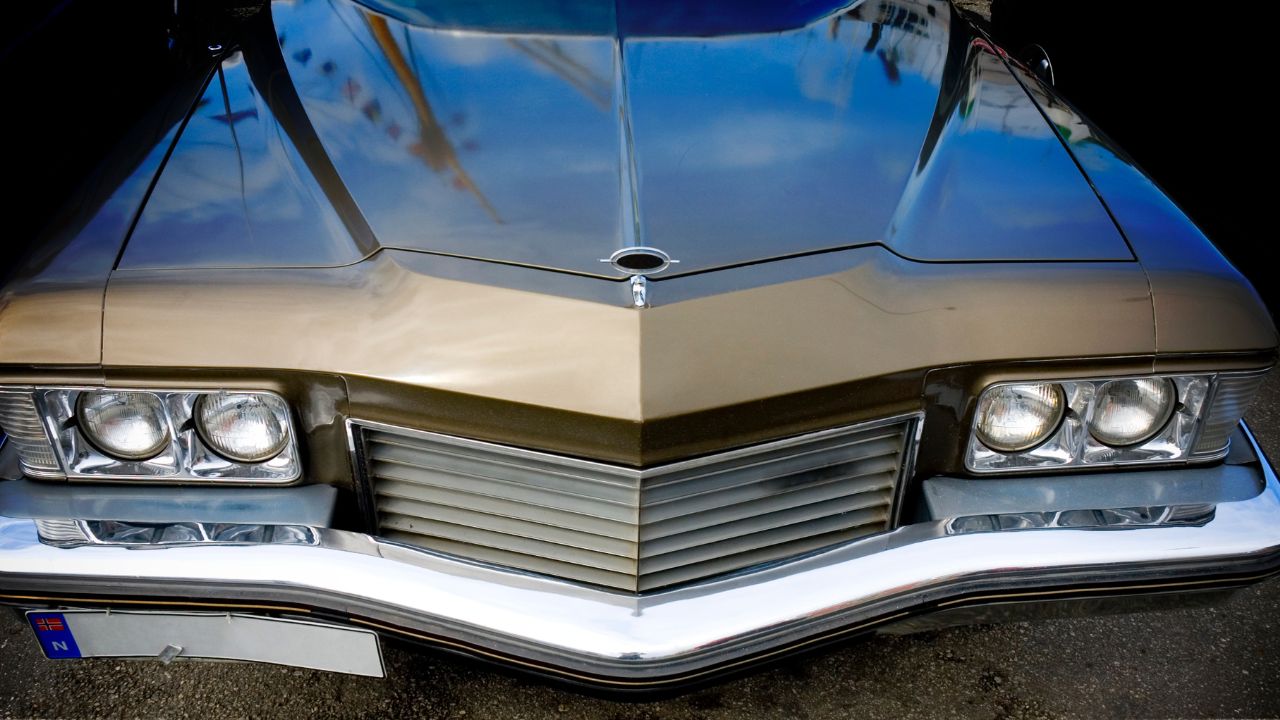
There are many amazing cars that can be purchased for as low as one hundred thousand dollars. These vehicles are ideal for people who want a sports car but don't have the budget. These include the Porsche 911 Carrera as well as the Subaru WRX STI and Hyundai G90. There are many other cars available that are affordable and worth your attention, but these are just a few of the best. Continue reading to learn more.
Porsche 911 Carrera
If you are looking for a used Porsche 911 Carrera under one hundred thousand dollars, then you have come to the right place. The Porsche 997 Porsches are still in decline, making them more of a second-hand car than a collector's object. They are available for purchase at around $30,000 for a 2WD model and as high as $50,000 for an ALL-WHEEL DRIVE model. Apart from the cost, it is important to maintain and drive a 997 911 regularly.

Subaru WRXSTI
The Subaru WRX STI, which was introduced in America in 2004, was created to rival the Mitsubishi Evo. The STI featured a turbocharged 2.5-liter flat-four with 300 horsepower and 247 lb-ft of torque. It featured a 6-speed manual transmission, 17 inch BBS wheels, Recaro seat, and a large rear spoiler. The STI remains the most-sold Subaru in America. The STI was the fastest car Subaru had ever sold, hitting 60 mph in less than 5 seconds.
Hyundai G90
The Hyundai G90 is a luxury compact crossover that comes with a long list of standard features. These include proximity keyless entry, ambient interior lighting, a universal garage door opener, power rear-window sunshades, tri-zone automatic climate control, heated steering wheel, and navigation-linked adaptive cruise control. You can also get a G90 with adaptive spring, rear crossing traffic alert, lane departure warn, rear blind spot monitoring and a 5.0L V8 engine.
Range Rover Sport Supercharged Dynamic
The Range Rover Sport Supercharged features a V-8 supercharged V-8 with 518 horsepower. It is more powerful than rival SUVs like the Porsche Cayenne Turbo and Mercedes-AMG GLE63. Fuel efficiency is another point of interest for consumers. The Range Rover Sport, which is supercharged, can actually achieve up to 18 mpg over the highway. This model is also known for its outstanding fuel economy and comes with six different drive modes. It can also be equipped with all-wheel drive.

Audi R8
An Audi R8 will be a top choice for those looking for a sportscar that is sporty and luxurious. This second-generation model is a powerful supercar and a great choice for anyone looking to save some money. The R8 is around $100,000 cheaper than the Lamborghini Huracan. You can get a quality used Audi R8 at a much lower price.
FAQ
Is it worth becoming a mechanic?
The answer depends on what you are looking for in life. If money is your goal, then you can answer "yes". But if you are searching for meaning and purpose, then you should not answer this question.
If you don’t possess any mechanics skills, you won’t be able to do it. It's not going to make you rich. It won't make your name famous. It is unlikely that you will be made famous.
You'd need to spend years learning how everything works. This would mean that you would have to pay someone else for your car's repair. Most people avoid doing this. They find something more worthwhile.
In conclusion, if money is your main goal, you should go ahead. If you are looking for a fulfilling life, however, then stay clear of the mechanics' industry.
What length of an automotive course is it?
An automotive course is three years long.
The first year is spent learning about cars and theory. The second year is spent on practical training where you learn how to drive, fix engines, and do other mechanical jobs around the car. The last year of your training is spent on practical training, where you learn how to fix real-world problems.
What information do I need about car mechanics
To work as an auto technician, you don’t need to know much about cars. It's enough to know how to fix things. That's why most people start doing jobs like fitting brake pads or changing tires before progressing to more complex repairs.
You'll need to know how to read diagrams, understand written instructions and follow basic rules of good practice. You will also need to understand how parts should be replaced or repaired.
It is important to remember that proper training and guidance are essential for anyone who attempts to repair vehicles. This is especially true for expensive components, such as transmissions and engines.
In fact, even though you won't need to know much about cars, you will need to thoroughly know the basics of mechanical engineering and physics. This means understanding the principles behind how engines work and how brakes function.
It is also important to remember that you will need to be able to handle many situations. One example is when you could be working on a vehicle involved in a serious crash. You'll also need experience dealing with breakdowns and accidents.
Finally, you need to be willing and able to quickly learn new skills. As well as being able to diagnose problems, you'll need to be able to perform simple maintenance tasks such as tightening nuts and bolts.
What qualifications do I need to be a truck mechanic?
While you may not have the formal qualifications to perform this job, your skills are well-rounded in working on engines and trucks. Your experience is valuable because it allows you to diagnose problems quickly, efficiently and effectively.
Your knowledge of diesel technology will allow you to identify the parts that are required to fix our vehicles.
What are the requirements of an automotive technician?
You must have high school, or GED, and be able to read and write well in English and math. You also need to be able to read and write well. After passing a written test, you will need to complete a series of practical tests before you are allowed to begin working.
Is it hard to be an apprentice mechanic?
It's not simple, but you can learn quickly and there are many avenues for advancement.
You will need to be patient and persevering. It is also important to know how you can fix vehicles, trucks, or motorcycles.
Customers and relatives can exert a lot on you. However, you shouldn't be forced to make difficult decisions.
If you like fixing cars, this could be a great career option. This job allows you to make a decent wage and build up your company.
Perhaps you prefer a different route. If this is the case, you might want to become a technician.
This means that you can use your technical knowledge to help other workers. Technical support could include helping technicians to troubleshoot issues or teaching them new techniques.
Another option is to be a service advisor. This is where you can offer advice and assistance to customers who bring their vehicles to a garage.
It all depends on your goals. There are many options to choose from, and it is up to you which one suits you the best.
Statistics
- The U.S. Bureau of Labor Statistics (BLS) reports that the job outlook for automotive service technicians and mechanics is expected to decline by 4% from 2019 to 2029. (indeed.com)
- According to the BLS, the median annual salary for automotive service technicians and mechanics in the United States was $44,050 in May 2020. (uti.edu)
- 52% of Mechanics in the United States think their salaries are enough for the cost of living in their area. (indeed.com)
External Links
How To
How to properly diagnose your car for repair
You should first examine the symptoms your car is showing to determine if it requires repairs. You can then follow these steps for a proper diagnosis of your vehicle.
-
Check engine lights. Make sure to check all dashboard indicators like the engine light indicator (oil pressure gauge), the battery indicator (battery light indicator), and the RPM indicator (rpm gauge). If they have been flashing for more days than usual, it could be a sign that something is wrong with the vehicle.
-
Examine the treads of the tires. Tires with worn treads could cause problems when handling or braking. Also, inspect the treads of your wheels. You should ensure that they are clean and smooth. To do this, remove the wheels and take them out. You can check the tread wear with a flashlight.
-
Observe the brake fluid level. You should always keep track of the amount of brake fluid in your vehicle. This will ensure that your brakes run smoothly. Low brake fluid levels can cause brake failure when you apply pressure.
-
You should test the suspension system. Most vehicles have a suspension system that absorbs shocks and vibrations. This suspension system provides greater control and smoother acceleration and deceleration. If your vehicle has a suspension problem, it might feel wobbly or shake uncontrollably. To determine whether your vehicle may have a suspension issue, you can try to put weight on the rear or front axle and watch the movement.
-
Examine the steering column. The steering column connects the steering wheel to all other components of the vehicle. Many accidents can cause damage to steering columns. It is recommended to replace any steering column that feels loose, or shakey.
-
Pay attention to the exhaust pipe. The exhaust pipe helps move gases from a combustion chamber into the atmosphere. If your exhaust pipe leaks or cracks, it will allow harmful fumes into your cabin. It is also important to repair any bends in your tailpipe immediately.
-
Take a look at the underside of your hood. Look underneath your hood to see if anything looks strange. Your engine could be leaking fluids. You should also contact a professional technician if there is an unusual odor coming from the engine compartment.
-
Check the air filter. The outside environment can collect dust and other debris in your vehicle's air filters. A dirty air filter causes your vehicle to run poorly. Replace your air filter regularly.
-
Check the fan belt. Your vehicle's fanbel is what connects the engine and the transmission. If it breaks, the engine won't turn over. Replacing the belt is simple. All you need are a screwdriver & pliers.
-
Check the radiator hose and hoses. The radiator hose is used to carry water from the radiator to your engine. It can become cracked or damaged and leak hot liquid onto your engine. To repair the leaky hose, all you need is a pair if needle-nosepliers.
-
You should inspect the windshield wipers. Windshield wipers use electricity to remove snow and rain. They can leave streaks on your windows glass if they stop working. The solution is to change the washer fluid.
-
Check the battery cables. Batteries provide power to electrical systems inside your car. When you replace batteries, make sure to disconnect the negative cable first. Failure to do so can damage your alternator.
-
Pay attention to your headlights. The headlights provide illumination for the road ahead. Poor visibility can result if the headlights don't function properly. To check if the bulbs have gone out, you can inspect them.
-
Pay attention to the lights. The lights are there to warn other drivers if they approach you at night. If one doesn't work, it could distract you and lead to an accident.
-
You should inspect your brakes. Brakes will reduce the speed of your car in case of an accident. If your brakes aren't working properly, you may lose control and crash into other cars.
-
Change the oil. Keep your engine lubricated with oil. It helps prevent metal parts from wearing out too quickly. It is recommended that the oil be changed every other month.